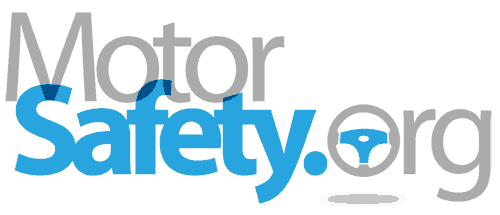Beijing, China – June 30, 2021 –Tesla (NASDAQ:TSLA) will recall 285,520 cars in China because drivers can accidentally activate cruise control, causing the car to unexpectedly change speed. The recall includes:
- Tesla Model 3 vehicles built outside of China between January 12, 2019 and November 27, 2019
- Tesla Model 3 vehicles built in China between December 19, 2019 and June 7, 2021
- Tesla Model Y SUVs built in China between January 1, 2021 and June 7, 2021
Recall summary
According to a statement by China’s State Administration for Market Regulation, the recalled Tesla Model Y’s and 3’s “may cause the driver to incorrectly activate the active cruise function” while shifting out of drive or while making a sharp turn. If cruise control is inadvertently turned on, and then the driver presses the brakes, the car will suddenly accelerate back to its original speed once the brakes are released, without the driver pressing the accelerator.
The recall, a voluntary move by Tesla, follows an investigation by the Chinese government into the defect.
Risks
This kind of unexpected acceleration could confuse or surprise drivers, potentially causing a crash.
The repair
Tesla will remotely stream a cruise control software update to recalled Tesla Model 3’s and Y’s. Tesla will contact owners of cars that can not be reached by the update through their dealers. All owners will be notified about the recall and coming update.
Recent Tesla recalls
In the United States, 2020 – 2021 Tesla Model Y SUVs have been recalled three times this year over issues with brakes and seatbelts. Two of these recalls also affected 2020 Tesla Model 3 cars.
Will your vehicle be affected by this recall?
Over 285,000 vehicles are included in China’s 2021 Tesla recall. There is no recall in the United States yet. Bookmark MotorSafety’s free vehicle lookup tool to stay on top of potential Tesla recalls affecting your car.
